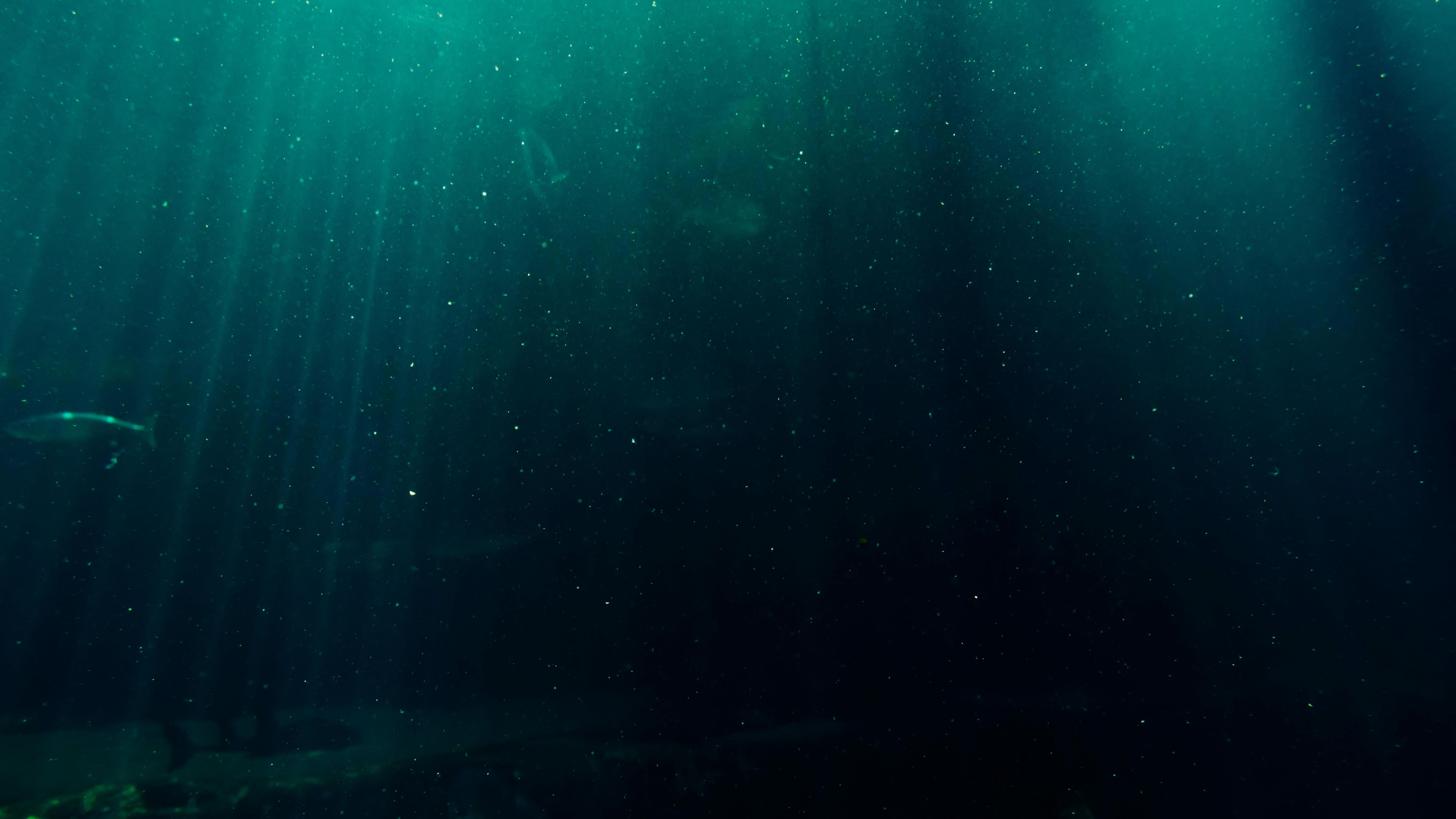
During what scientists described as “one of the most challenging” expeditions yet, they made a fascinating discovery, with benefits not just for wildlife, but also the use of technology in conservation.
Using a deep-sea baited remote underwater video system (BRUV), the team dropped a camera, safe inside presumably one of the best waterproof housings for cameras, down 1,054 meters into the sea off Little Cayman in the Cayman Islands.
The footage then cuts to multiple roughskin dogfish, appearing out of the darkness of the murky depths of the Caribbean Sea with its incredibly large eyes, characteristic of deep-sea wildlife, looking straight at the lens.
While you might wonder what there is to get excited about when it comes to dogfish, this was the “the first sighting of this species in the central Caribbean Sea,” said Olivia Dixon, a researcher at the non-profit Beneath the Waves.
The deep-sea is one of the “least explored regions,” continued Dixon in an Instagram post, and understanding species distributions there “is essential for guiding evidence-based conservation and habitat protection policies.”
In the research paper about the discovery published in the Journal of Fish Biology, it adds that while this study expands global knowledge of the distribution of the roughskin dogfish in the region, but also “highlights the utility of video lander systems for enhancing and expanding our understanding of the biology and diversity of deep-sea sharks.”
Baited remote underwater video is a system used in marine biology research and conservation that works by attracting wildlife into the remotely controlled camera’s field of view. Researchers can then record underwater wildlife diversity, abundance and behavior with high levels of accuracy and incidence.
The technology is highly effective at attracting scavengers, and therefore subsequent predators, and is fast becoming a popular form of technique due to its non-invasive method of generating large amounts of data.
Baited remote underwater video surveys were developed in Australia and are now used around the world due to their low-impact method and low-budget system that is less reliant on skilled labor than submersibles.
Fancy getting your own underwater footage? Why not take a look at our guides to the best waterproof camera, the best underwater drones, and the best underwater housings for cameras and phones.







